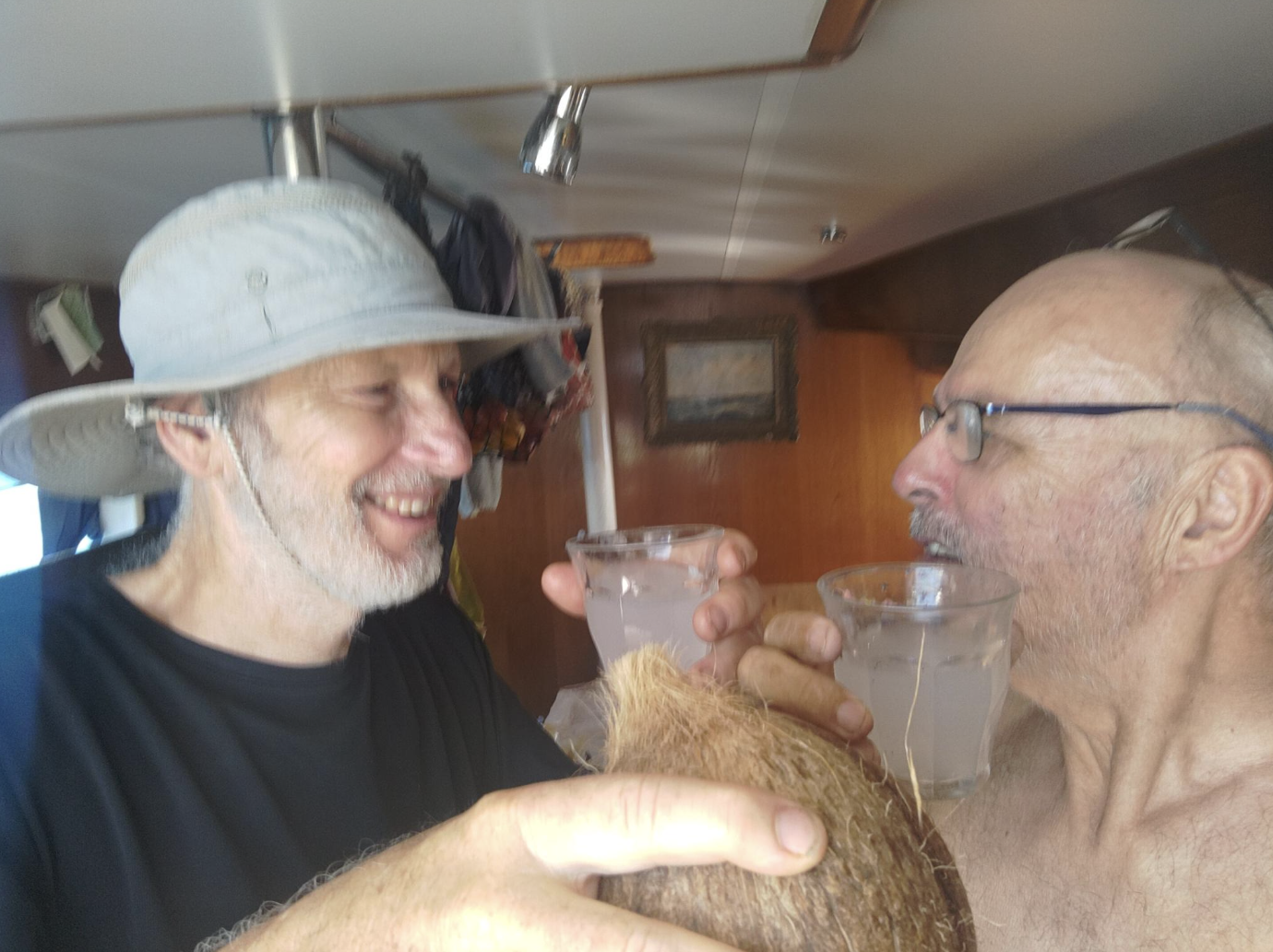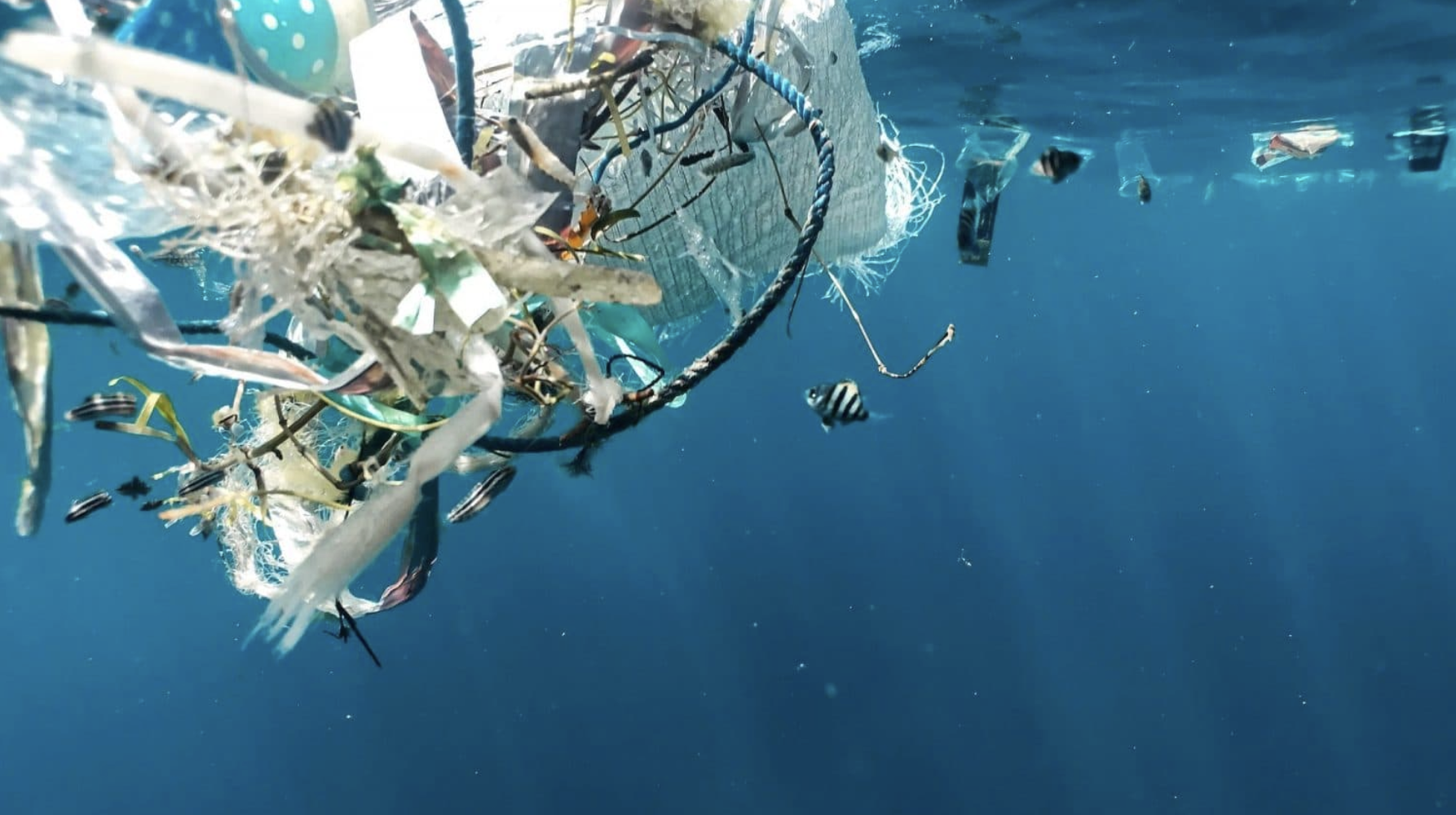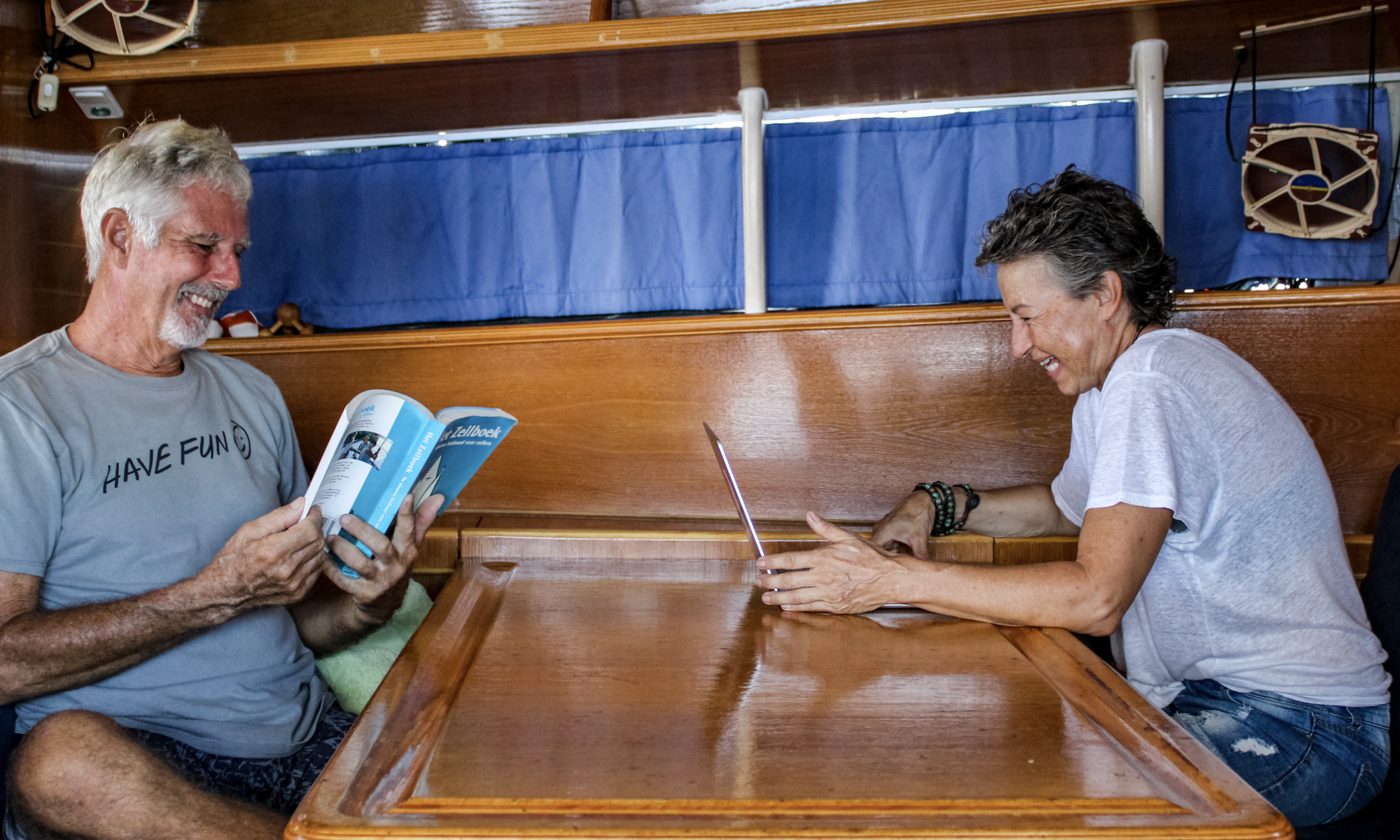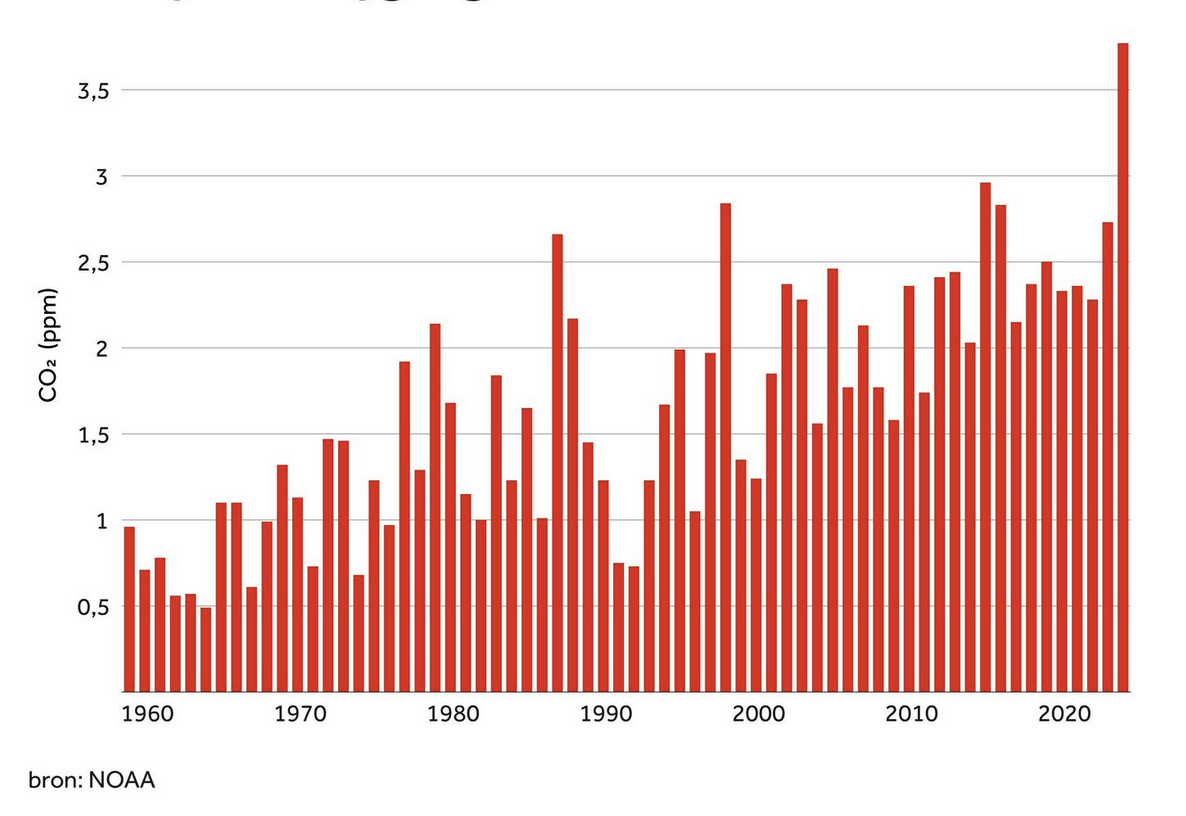The island of Manihi (French Polynesia) gives a party. This is part one, the preparation and the first day.
All 450 inhabitants work together, every year, for more than a century, to make a great 10 days feast. This is a strong and sustainable community many societies can learn from.
From Makemo to Manihi and learning
About the excitement of the Parasailor and the lesson, learning from canned food, the climax of the way we went through the pass of Manihi,
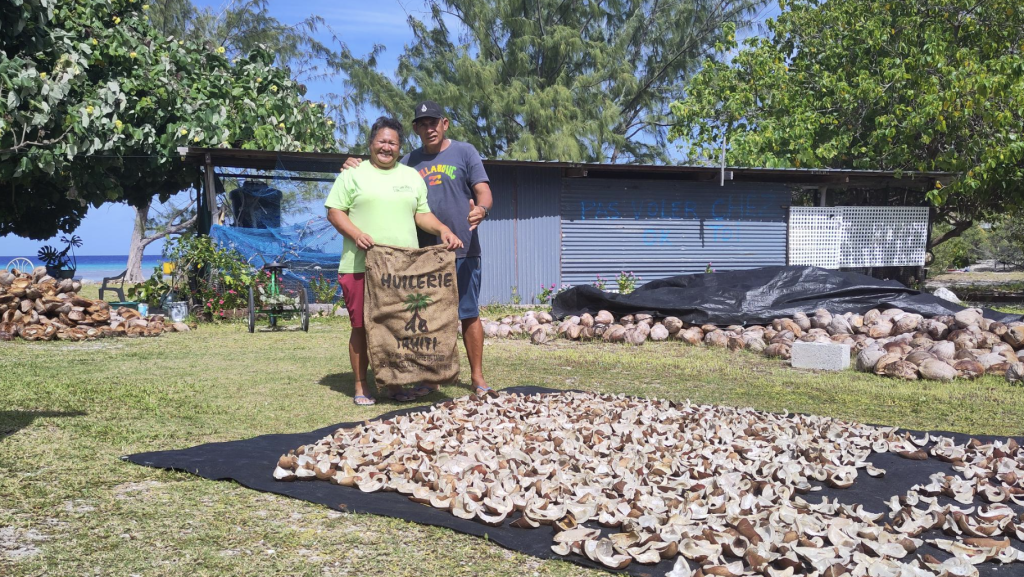
Makemo for a speed date
Wed Jul 09 2025 , 16 37.691s 143 34.405w
Makemo, just to see it.
We saw the village. Did our shopping. Fresh fish!
And, even a bigger surprise, rowing back to the Ya, we saw the Free Spirit next to us, with Jean-Luc on board. Jean-Luc was the man who took care for the Ya in Fatu Hiva when the emergency helicopter brought Peter with his broken vertebra to the hospital in Nuku Hiva. A silent hero.
Thing fall together. He came for dinner and ate our delicious Poisson Cru, (raw fresh fish, ‘cooked’ in fresh lemon juice.)
But, we leave again, going for Manihi, 180 miles to the West North West.
A slow wind and consequently a slow sail ride, zigzagging the ‘bommies’ of the coral. We would get a slow and easy passage through the North West pass. Well, it wasnot. The current was 5 knots and at the end was a whirling water. But is was allright, we got through. We sailed into the night.
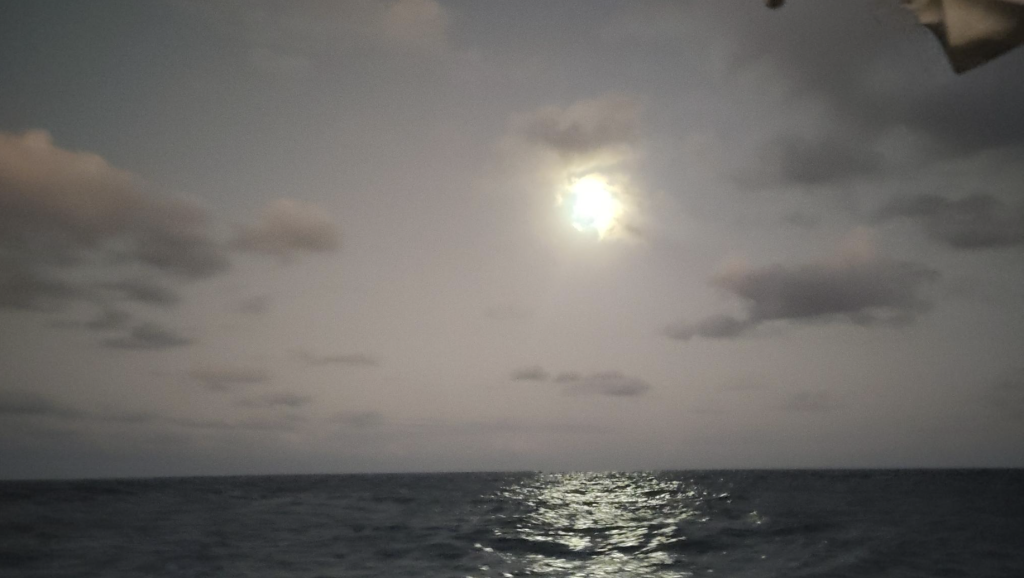
Learning from the Parasailor
Thu Jul 10 2025 15 25.355s 144 55.493w
Predictwind would predict the perfect wind for a beautiful Parasailor day. So this morning at 6 o’clock we were ready. But, the wind was a tiny bit more Northerly and didnot really come from behind. Also the wind was a bit stronger. Anyway, we hoisted it: the sock went up, and the 104 m2 sail opened before our eyes, always a flabbergasting breathtaking beautiful moment.
But, indeed, the wind was a bit too strong and we had to sail to the wrong island… Finally we lowered the sail again.
After all it was three hour playing with the sails and a learning moment to set the right sails.
We rounded up our playful day with a dinner feast…. Not.
The dinner. If you are not sure if food from a can would be nice, you take a next can, it can only get better you hope.
The canned chicken porc tasted like plastic. The chestnut just from the can, massively expensive, was like food just from a can. They surrounded the Frankfurter sausages, which tasted like a well wettened piece of cartboard. The cheese from a carton pack, that you can store uncooled, was perhaps the least bad.
It was the first time we left our plates with food on it.
A learning moment to go for fresh food whenever you can get it here.

The first time we did not empty our plates. The boring brownish colour gives an idea how it tasted.
Manihi pass
Fri Jul 11 2025 Manihi
It was still early in the morning when we arrived before the coast of the island Mahini. We saw the pass to go in and the whirly waves related to the outgoing current made clear: we’d better wait.
At 11 o’clock we came back. Mwah, better wait a bit more. At 11:30 we came back and the water was beautiful. We went through the pass, just on the slack between outgoing and ingoing current.
We have become experienced Tuamotu pass sailors. We were so fond of ourselves, that we just anchored somewher. Let us hope that our anchor is not stuck under a ‘bommie’ piece of coral.
Happy on Raroia
Raroia is a typical atoll. On a vulcano and with the edges still under the sea, coral grows on it till a round ridge is formed.
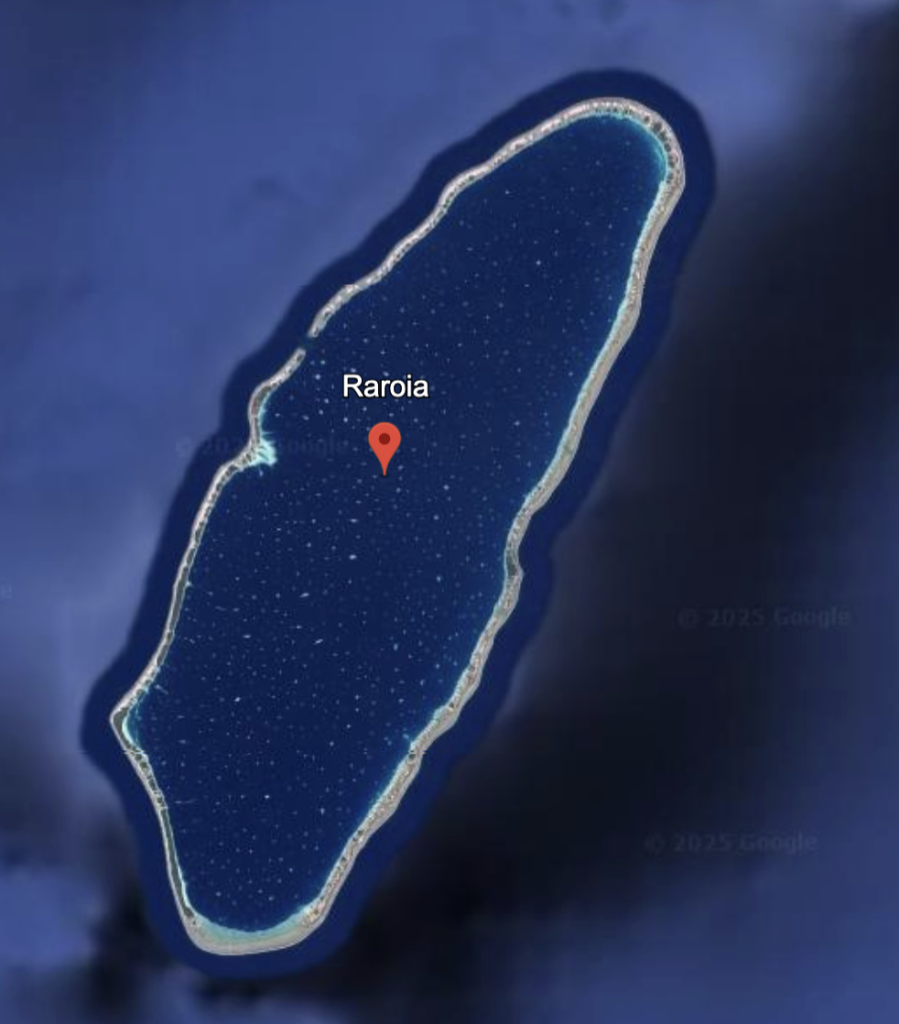
Entering through the pass
This island has many ‘holes’ where the water can get through, and when the waves are big and the tide is high, the tops of the breaking waves even flow into the inner ‘lagoon’. It brings much water into the atoll. After High Water, when it becomes ebb, a lot of water comes streaming out of the little pass on the west side. This means a lot of current against us when we have to get in. The currents can become 6 knots and sometimes even more. And 6 knots is our maximum boat speed!. But it is dangerous to go in by flood, with the current with us. Because the Eastern trade winds come from the other direction. Wind against current gives terribly steep breaking waves, and they easily throw a boat or ship on its side. When we arrived before the pass it was that time. A 13 meter ship tried it enter then, but was simply thrown back by the waves. He went back just before it became dangerous.
So we tried to pick the moment that the flood has slackened and the ebb has not yet started. You clearly could see the waves were a lot calmer, they were not steep anymore. When we came through, it was even calm. Just on the slack moment!
It was exciting to navigate. We anchored near the village. In one of the 50 houses there was even a bit of internet. Gaston and Karin were so friendly that we could use it. Gerard could sell us some vegetables and Favia served us a great Polynesian dinner.
Some hunting, the Kon-Tiki stranding and some antropology
On the East side there is a beautiful anchorage. It is well known as one of the top 15 beaches of the world. Andrew went with some children from another boat for a coconut crab hunt. You do that when it is dark. The big crabs can open coconuts with their bare claws, so it is a cautious work. In an hour they hunted down enough for the barbecue on the beach.

In 1947, the Kon-Tiki, a sailing raft, stranded here on the ocean side of the beach, after a 100 days sail-and-float from Peru. This way, the antrolopogist Thor Heyerdahl wanted to prove that the Polynesians had their origin in South America. (By the way, later was found by DNA research that they came from New Zealand and even South East Asia). He and his three fellow researchers landed safely on the island.
Happiness
One fellow antropologist, Bengt Danielsson, stayed for some years on the island and did participating research. In his book Raroia: Happy Island of the South Seas observed, “The Raroian peace stems from the fact that the people have no material anxieties and no other object in life than just to live” (Danielsson, 294).
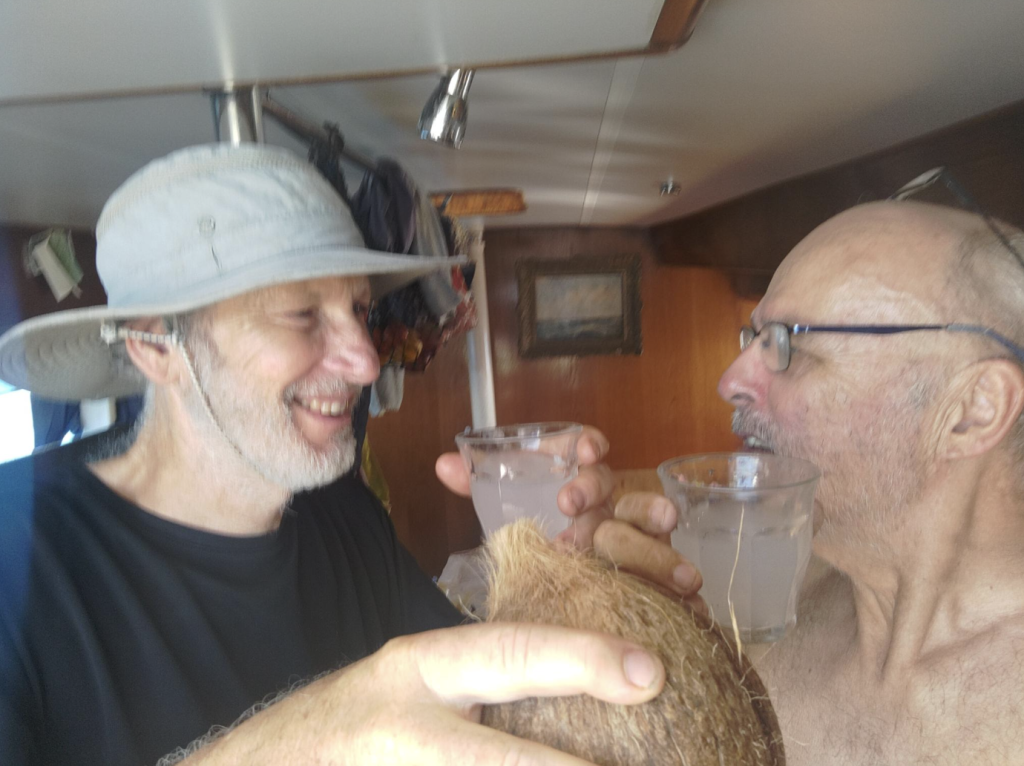
.
Ya reaches Tuamotus: breathtaking Raroia!
So, last week, Ya set sail again! On the 24th of June, Ya reached the Tuamotus: the breathtaking island of Raroia. Read on Peter’s and Andrew’s adventures below!
The trip from Nuku Hiva to Raroia:

Thu Jun 19 2025 00:48:00 GMT+0200 (Midden-Europese zomertijd)
Farewell lovely people in Nuku Hiva
Andrew (new crew, see next Sunday’s blog) and me are ready to go. First, it took a little while to get the Iridium working, but from the moment Andrew took over, it was set and done in some hours.
Peter has been ill, with an ongoing ear infection. And also because the ship needed more maintenance, all in all it took nearly 3 months before Ya was ready to leave. Perhaps the long stay is also to blame on the nice people here:)
Vai Nui (translation: ‘Endless Water’ , or ‘Ocean’) has become a friend of Inge and me already from the start. Now, when I kissed her goodby, she said goodbye with a pot of her delicious home made jam. Also thanks to Henri, who actually grows al the fruit this jam is made of.
Jef, or Jean Francois, we had een great time with so many chats, about politics and about private things. Pori, so many Sunday mornings we have spent on the Petit Quai making music. Thank you so much for teaching me the Marquesean song “Mamao te Koekoe A Otahi”, I will play and sing it forever. The lady of the Snack always gave me that bit of extra vegetables on my plate, and now I can’t even remember her Marquesean name. Marie-Therese of the fruit and vegetable market, although I am 10 years younger, I always loved our flirting and making jokes!
Now, Andrew and me made the ship ready within half a day. Unbelievable, so quick as everything changes from a boat in a bay to a sailing adventure. It is going so fast because Andrew is so experienced, things on boats don’t take long for him. We will have plenty wind, we will have a great sail this week to the Tuamotus.
Pirate on the high seas?
Fri Jun 20 2025 04:54:00 GMT+0200 (Midden-Europese zomertijd)
Behind us we saw a beautiful , modern and regatta shaped black saisl. A black tower on the water. It was following us. Finally a pirate, after al these years of sailing the world? We called him on with our radio. He answered. The name of his ship is Goose. And we are Ya, which is Chinese for ‘duck’. We are smaller. He is much faster. To stay friends -you never know if he would attack us- Andrew said he would take pictures of his boat. He overtook us in the blink of an eye. Barely enough shutter speed on the camera.
He did not attack us. Andrew asked on the radio: “why the black sails?”
“Oh, I had to renew them and I wanted to go for the cool pirate look.”
We ate Spaghetti Bolognese.
Squalls
Sat Jun 21 2025 22:14:00 GMT+0200 (Midden-Europese zomertijd)
It started last night, in Peters watch. It appeared to be a weird mix of squalls and the rest of a front passing by. And, often with wind stills.
The next morning Andrew took over. A heavy rain squall came. Andrew became soaking wet. So what do you do then? Take a shower. Wash your clothes. Catch some extra water for you-never-know.
Peter woke up, and followed this great example.
Now, the tradewind has come back and we don’t smell each other (nor ourselves). And we are clean!
Today a three course menu. Salade, Greek inspired, white cabbage mix a Provencale, and as a desert a mango, slightly fermented.
Good day
Sun Jun 22 2025 07:19:00 GMT+0200 (Midden-Europese zomertijd)
Yesterday After dinner we sailed pleasantly. A steady tradewind in Andrews evening watch. Time to read a good book. A steady trade wind in Peters night watch. Time to read a good book. The next morning, time for Andrew to throw some fishing lines out. The trade wind continues, the Ya goes straight as she goes. Inge at home helps with the unsolved problem to get the daily message (like this one) on the internet. Peter fixed a hatch cover. Nothing broke down today. The trade wind continues. We ate Russel Faun today, a Scottish dish. A good day.
We got in!
Tue Jun 24 2025 11:25:00 GMT+0200 (Midden-Europese zomertijd)
First try was done by a 13 meter yacht but the waves and current were madness and he went back. 2 hours later it looked much calmer. He tried again and yes. We did the same. But we have one engine damaged. Let’s find out what it is. We are on anchor before the tiny village of Raroia.

Source: https://en.wikipedia.org/wiki/Raroia
Ya sails again: new crew
Hi, I am Andrew, I am the new crew on board Ya.

I am a retired engineer. My field was electrical and electronics. With a special interest in renewables. I am happy to be traveling on a well equipped sun-, wind- and battery powered boat. Maybe it will inspire me to convert my own sailing boat to fossil free.
With the destination Tuamotus I am looking forward with great anticipation to learn new sailing techniques like: how on earth do we get through those passes? and swim in glass clear water.
Hold fast, fair winds and all that!
Would our government wonder about sustaining what sustains us?
Last Monday it was World Oceans Day . The motto is: wonder sustaining what sustains us.
In earlier blogs the oceans are discussed as our great sustaining element. Still we see that acidification reduces the number of plankton and other sorts, so the capability to convert CO2 in Carbon and Oxigen is reduced. One of the indirect causes of acidification is the plastification. We, especially the Western countries, throw away some billions of kilos of plastic into the sea, mainly single use plastic. Every year it is more. Last 5 years it is as much as the production of the 50 years before that.
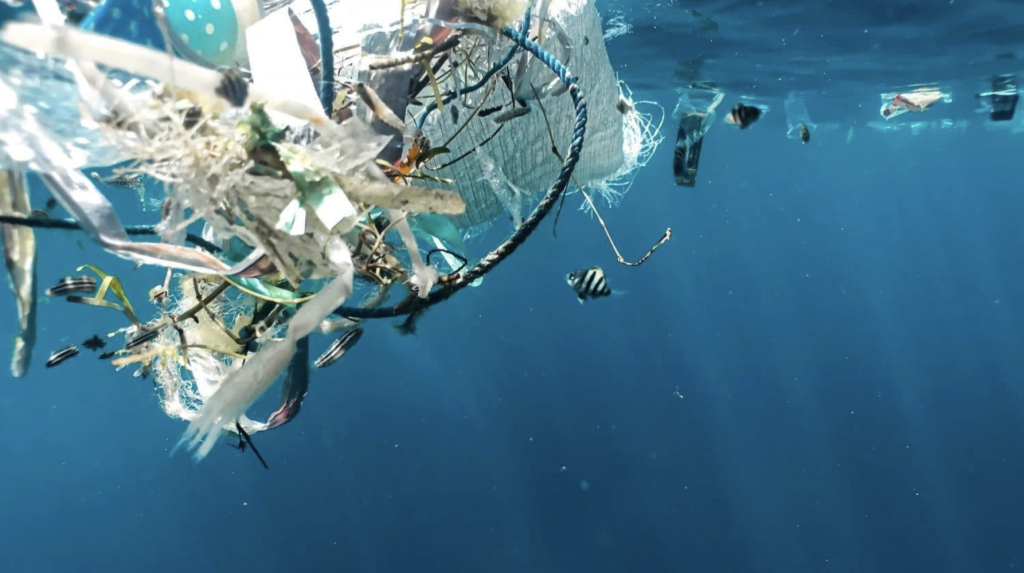
Already from the 1980’s we are aware of the problem, especially of the single use plastics. Expect something from the companies making it? No. they just compete and use everything in every combination as long it is not forbidden. Our governments, who have the function to create the level playing field for competition, did not do a serious thing to it. Haven’t done a serious thing to it. Still don’t do a serious thing to it. Sometimes they do some funny detail arrangements. Generally they don’t prevent, but they try to intervene later in the chain, when the problem is there. Like the waste treatment, like recycling. Which are the most expensive and less sustainable actions in the chain. For example, in 2023 in Holland a law was developed for a part of the garbage problem of the tin cans. The tin can companies should set up the infrastructure to get them recycled. But, just before the law was taken into effect, the lobbies managed to take the teeth out of this law. There is not written that these companies are finally responsible and take the costs if it fails. So the infrastructure is insufficient. So now we have an overflow on aluminum tin cans. And, just as every ‘end-of-the-chain-‘ action, also this one has unforeseen side effects. In this case, the homeless people turn around garbage cans to find these cans, to get perhaps a dime for it. So now and then it is a mess in the cities. It is the taxpayer who takes care for the cleaning up.
And our government also read papers and even if they know that we are eating, drinking and breathing plastics , still no law passes to stop the single use plastic.
I mentioned ‘the 1980’s. Did you know that it was the time that India suffered its last starvation crisis. We just changed the category name of India from the insulting ‘underdeveloped country’ to the less insulting ‘developing country’.
Right now, 40 years later, India experiences a growing problem of single use plastic. The president of India has just declared a law will be made that simply bans all single used plastics. No lobbies, just a straight and honest level playing field. Easy does it.
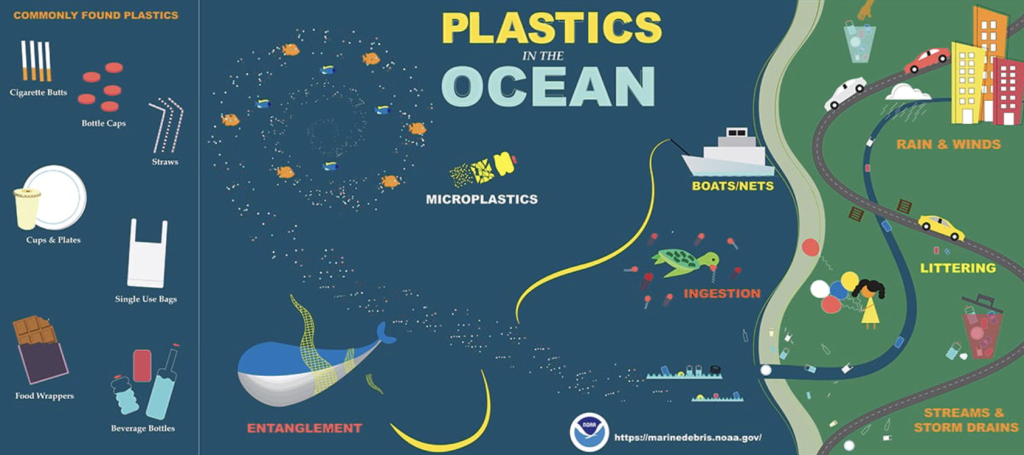
DRIFT – Sailing and solving the fossilfree power production problems
Just thinking of the most ideal fossil free energy production, then, what would that be?
The production should not occupy our nature along our coasts, like the windgeneration fields are doing now massively.
The production should be close to its demand. So again, not like a windgenerator field.
The energy should compact and easy to transport, like Hydrogen.
It should respect nature, so no collateral damage to nature, like heavy propellers noise does to fauna at sea.
It should be easy to invest, so low costs to scale up.
It should be downscaleable without leaving a problem to future generations. So, when we don’t need it anymore, we should not be left with an industrial complex, like windturbine fields, or worse, a nuclear powerplant.
And, last but not least, it should be cheaper.
DRIFT – a promising project.
The answer to all this could come from a really promising project and it is called the DRIFT project.
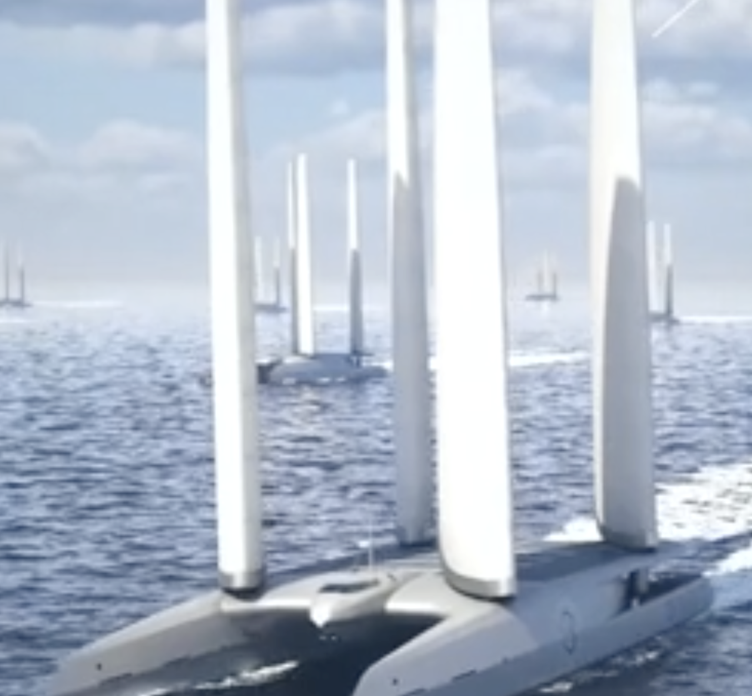
The technology
In core, it is a big sailing catamaran with hydrogeneration, using the electricity for the production of Hydrogen.
Just like on the Ya, propellers make an alternator run and create electrictity. This electricity is feeding a mini factory on board, converting water to hydrogen. This works through electrolysis. It takes the Oxigene molecule from the water molecule. The Hydrogen molecules floating as a gas, are put in a tank. With compression, the Hydrogen becomes fluid and efficient to store.
The logistics
The whole operation runs on AI (Augmented Intelligence). Given the time to deliver, the AI picks the best winds, so the best sailing courses to make the most energy and bring the desired Hydrogen to the point of demand.
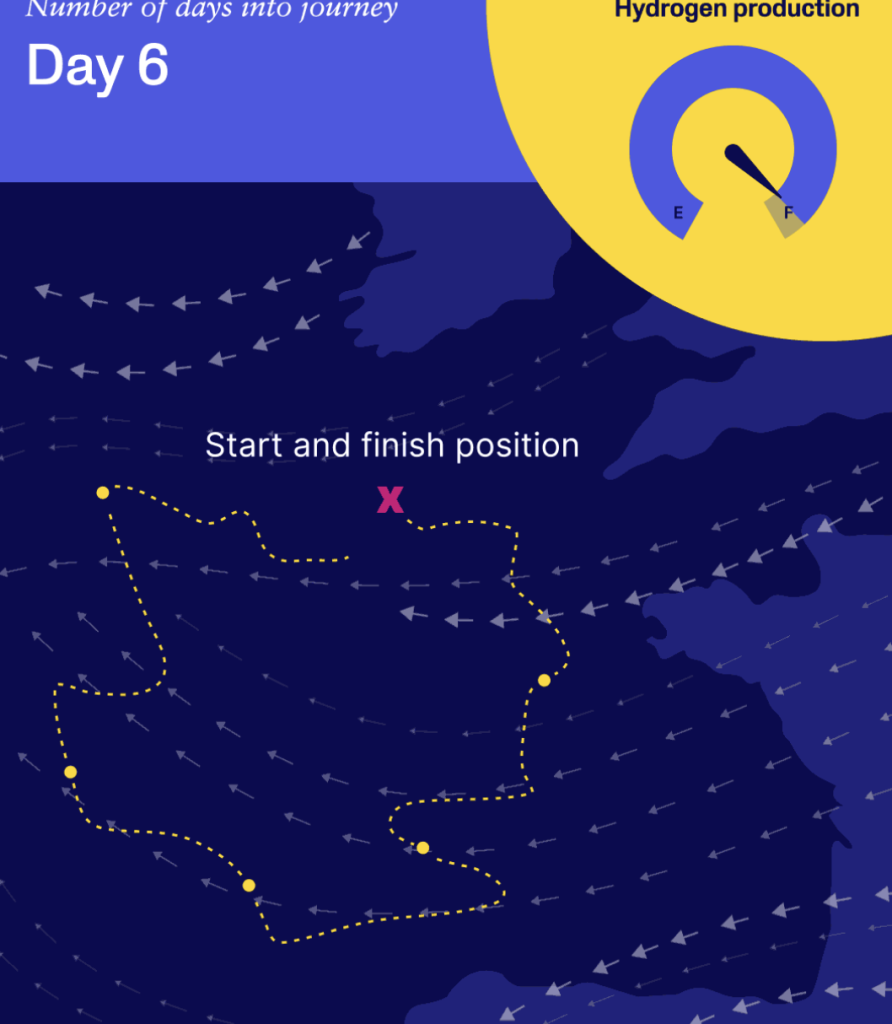
The development from now
In 2024 a ‘seed funding campaign’ has started and this year the building of the first catamaran has begun.
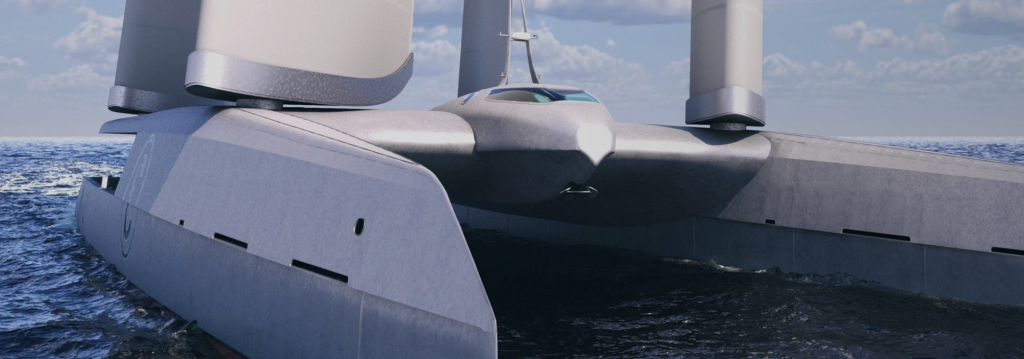
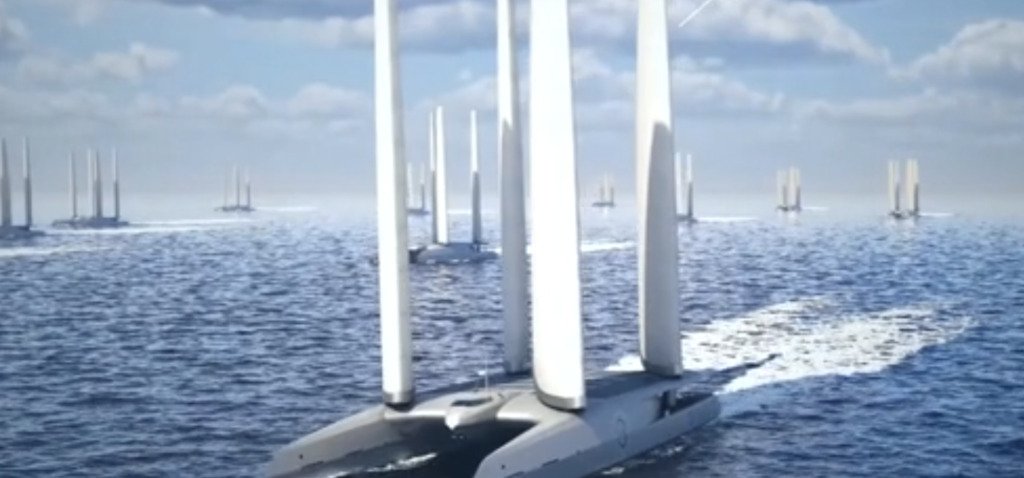
Prize winner
DRIFT won the 2024 Monaco Prize for Innovation at the Monaco Hydrogen Forum. 2025, DRIFT achieved 11th place on the UK 2025 Startups 100 list of most innovative startups and was winner in the sustainability category.
So there must be something good to this project.
Start with this list before the first heat wave
The summer comes and we will get more and more chance on heat waves. Here some ways to cool down with the use of nature.
Best is to take most measurements now. But, we’re humans, postponing things, so the first and last action is for when the heatwave already kicked in.
Catch cool air in the night
At night you open the top window (on the attic) and you open the window(s) on lower floor(s). Hot air is lighter and leaves the upper window, while cool fresh air replaces it through the lower windows.
When there is no overcast, the temperature difference between day and night -say 3 PM and 3 – is more than 10 degrees, so your house, the walls, furniture, everything inside, becomes 10 degrees cooler to start your day with.
Solar panels
Solar panels on the roof help a lot, because they take the sun and make a shadow under it. I mean the regular panels, mounted with a little distance from the roof. So not the panels bonded directly on the roof.
You have a big roof? Rule of thumb is, it would cost you about 250 Euro per m2 source with a pay back time of about 15 years.
Water on the flat roof?
The theory is that the sun would heat water on your flat roof, so that spares heat coming in. Practice is, that it hardly has effect. But you can try it.
White roofs or sedum on it?
More effective than water is to paint your roof white, or any light colour, because every colour is better than the black of the tar on your roof. This white tar-like product costs.
Then, if it costs, why not sedum? It is a combination of plants that always holds, stays alive, no matter the heat or cold. So you’re done for ever. Side effect: in heavy showers, it holds some water, thus limigating the chance of an overflow of the sewer system.
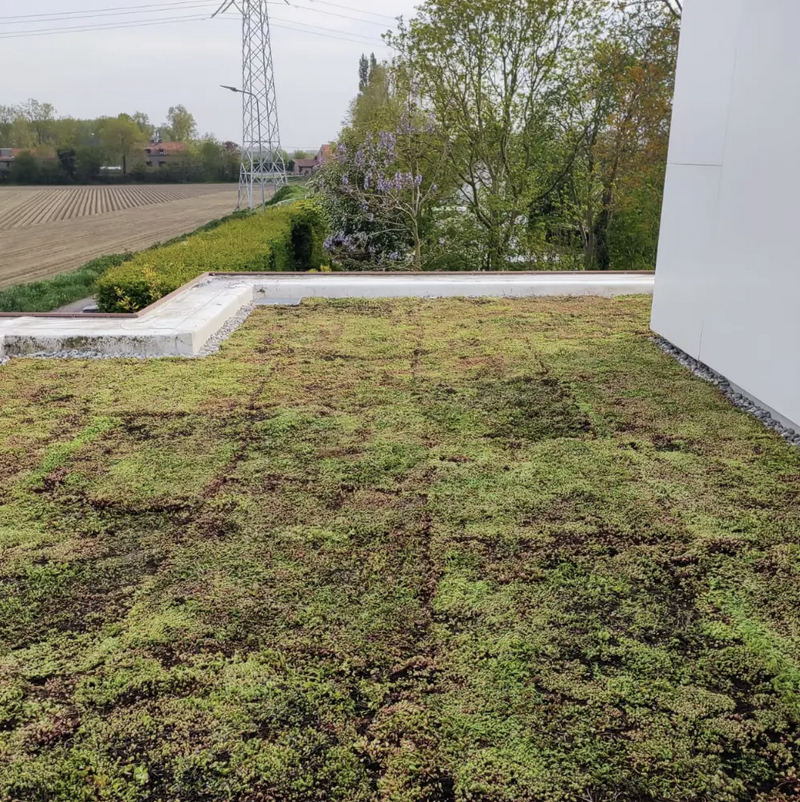
Dark sun protection covers
Don’t choose white for the sun protection covers before your windows. Indeed, this colour reflects a lot, but the rest of the sunlight radiates through the covers. You’d better pick a dark colour. This absorbs the sun radiation so much, that -as you can see on the other side- not even a bit of light comes trough. And the hot cover cloth gives the heat to the air.
Therefore, best is to choose for the covers folded out before the window. Not the covers or rolling hatches straight before the window. The air behind the latter ones becomes warm, can’t get out, and will then heat the window.
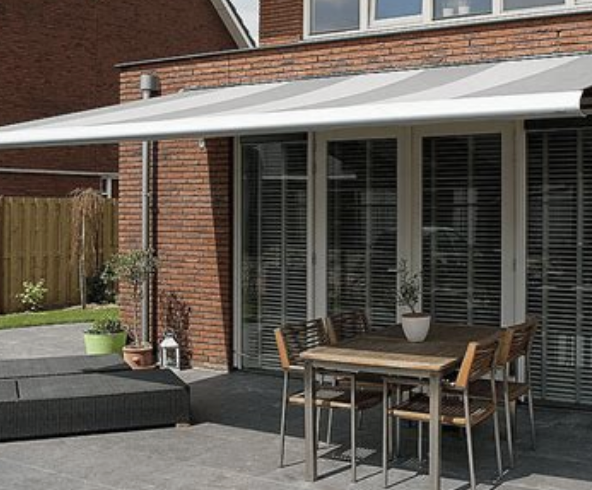
The fan
I write this in the tropics with a fan on my head and neck. Head and neck dissipate 40% of the body heat. My 25 cm diameter and slow running fan is silent and takes 1 Watt.
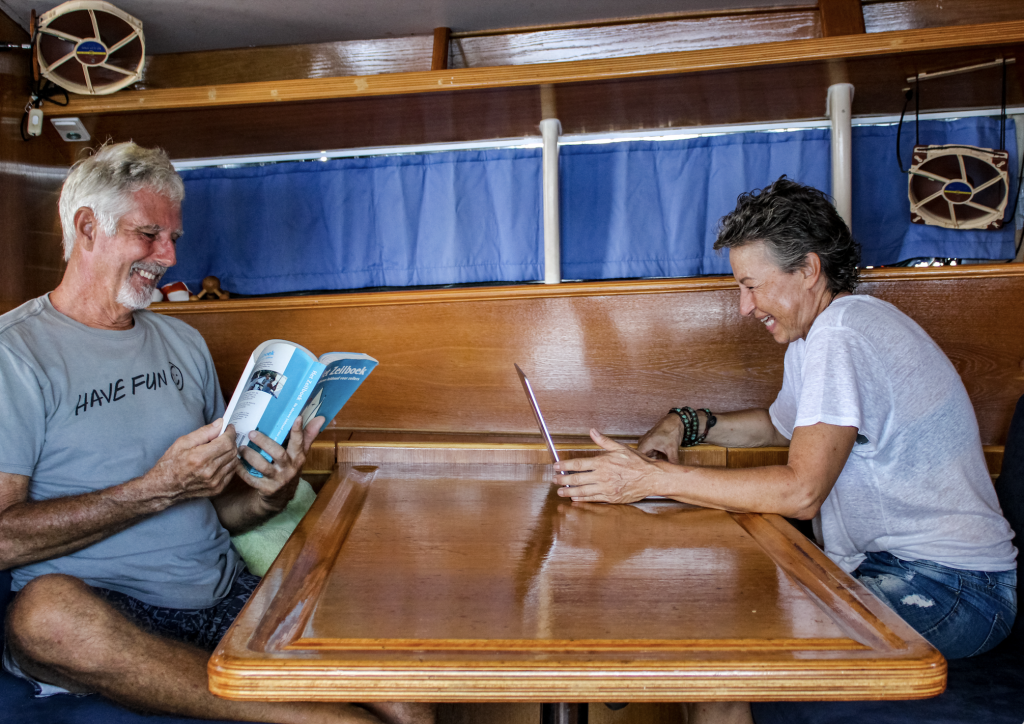
Finally the air conditioning?
A small air con would take at least 1000 Watt (yes, no typo: thousand times a fan).
The only way an air con could cost you less, is in case your electricity provider charges if your solar panels deliver during the hours around noon, and instead pays you if you take energy from the net. That could save you some Euros per heat wave day.
Next to the costs of the electricity, also count on maintenance.
The air con can spread deseases (staffilococs, et cetera) so the better aircos have filters. You do have to clean or change the filters every some months, especially with non-continuous use.
On the long run, you get used to the air con temperature. It changes your life bit by bit. Slowly you will stay at home, with consequences that you move less, get fatter, less social contacts, et cetera.
Then there is a wellnes thing, or extra cost? Silence is a scarce comfort and people pay an awful lot for it. An airco ruins that.
So, when a heat wave comes, don’t run straight to the air conditioning store, because you could buy yourself a problem in stead of a solution.
You’d better start on top of this list when heat breaks through.
2024; the early warning year from Mother Earth?
In 2024 the temperature rose more than 1.5 degrees Celsius.
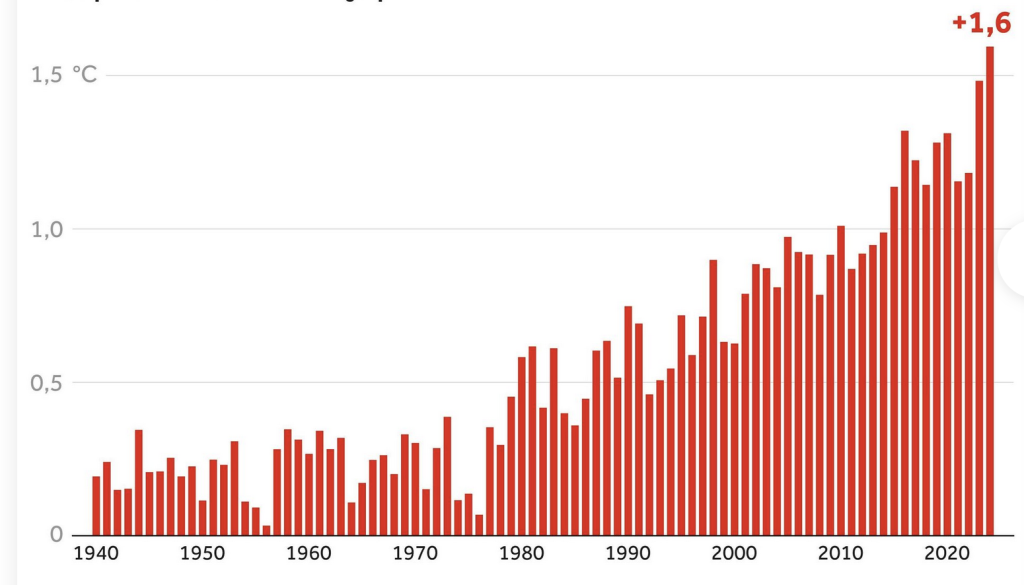
A maximum of 1.5 degrees extra temperature is, according to the Paris Climate Agreement, the preferable maximum temperature rise. We would only get small draughts, small floods, smaller forest fires, et cetera.
But now already on 1.5 degrees, with no sign that it would lower, or at least would not climb that fast… it looks like we will get the worst scenario, with runaways, deep draughts, bid floods. With mass casualties, mass migration, et cetera.
Or, is this year a coincidence?
Let us have a look with some graphs.
As for 2024, the concentration reached 427 ppm (source https://en.wikipedia.org/wiki/Carbon_dioxide_in_Earth’s_atmosphere), which is the highest ever. Well, ever, at least for as long as humanity exists.

And it is rising faster and faster, we can see that if we make the period shorter. Let us have a look from when the fossil fuel combustion started to get serious.
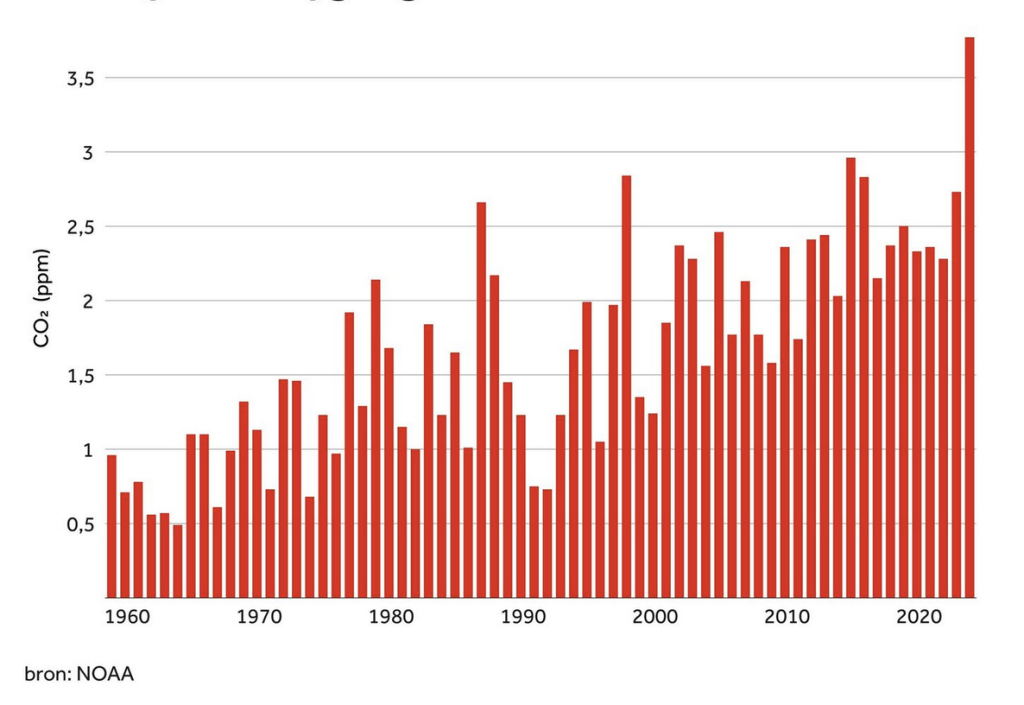
The input CO2 into the atmosphere has been big in 2024- an exceptional year.
But is it because the emissions rose? The the next graphic shows a nuance.
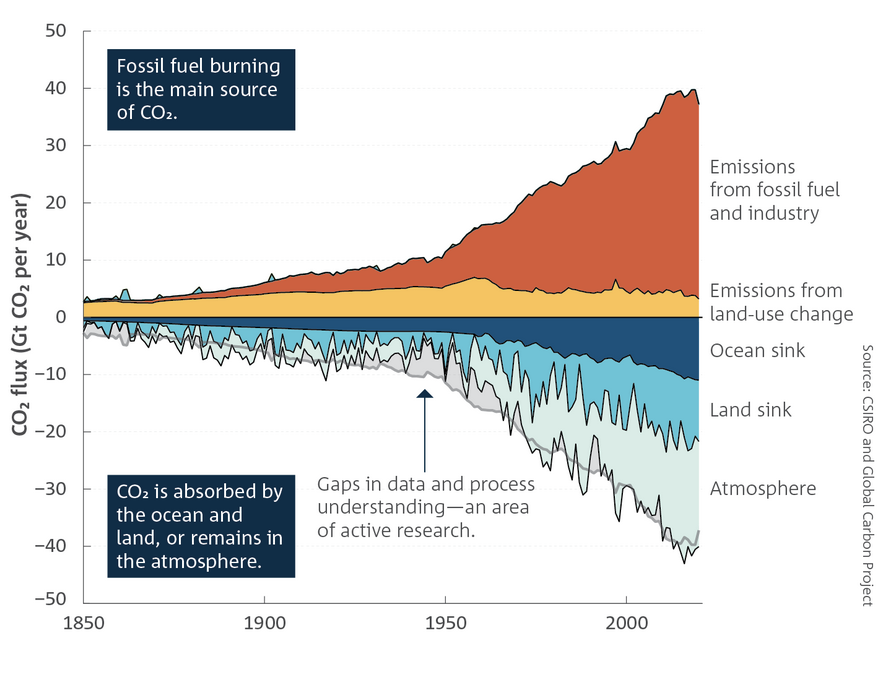
The causes, and the early warning
In the picture above we generally see:
- the fossil fuel emissions are calming down with growing
- the emissions from land use diminish
But we see the oceans absorbing less CO2. Also the forests take less CO2. Why?
The forests are easy: there are less and less, first because of the massive logging, and second because of because of the number of fires. In Canada only, the forest fires of 2024 emitted as much CO2 as whole Europe emits in one year (source: https://nos.nl/artikel/2567613-zorgwekkende-toename-co2-vooral-doordat-natuur-minder-lijkt-op-te-nemen)
These forest fires a partially caused by… longer draughts. This looks like a first, early attempt of a runaway. We could pick it up as an early warning.
The oceans take less CO2, because the water is getting warmer. There is a process of (relative) acidification, which leads to less growth of life in the ocean. Often this is plankton, fytoplankton, and the Copepod, all of these made of Carbon. A second cause is what we discussed in the last blog: since the ocean water is that much polluted, it is not capable anymore to absorb. Another cause of (relative) acidification. Also this we can pick up as a process that could speed up, making it a runaway.
Oh, and by the way, now the permafrost (ice) is melting and then we get an awful lot of CO2….
So, 2024 looks like the pivoting year. Or, it could be the early warning of the Earth.
Plenty motivations for you and me, for our governments especially, to set the level playing field so such way that emitting fossil fuels and other pollution don’t pay off.
The ocean and us
The transition is working out well in many countries, but in some countries not at all. GEnerally the CO2 level in the air still rises.
More problematic is, that the ocean temperatures rise. Here under an example.
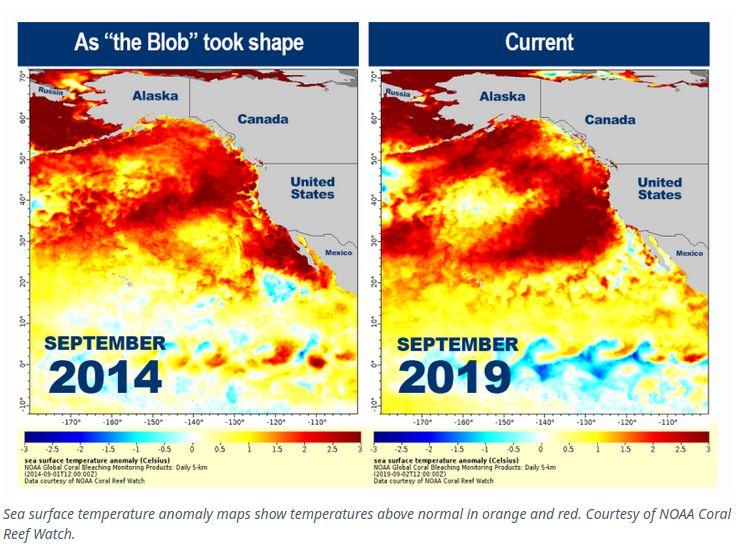
The problem is, that warmer ocean water convert less CO2 into Carbon and Oxygene. We know that our oceans convert the biggest chunk of CO2. Read the story of the Goes Foundation about that. It finally ends up with less life, and we large animals are the most vulnerable.
What to do about it?
First solution is naturally: make less CO2. The idea behind Fossilfree Around the World.
But we should also keep our oceans in good condition, and this deteriorates. The oceans can’t do their job.
Here a movie about the solutions in 7 minutes. The Challenge – Pollution Free Oceans


